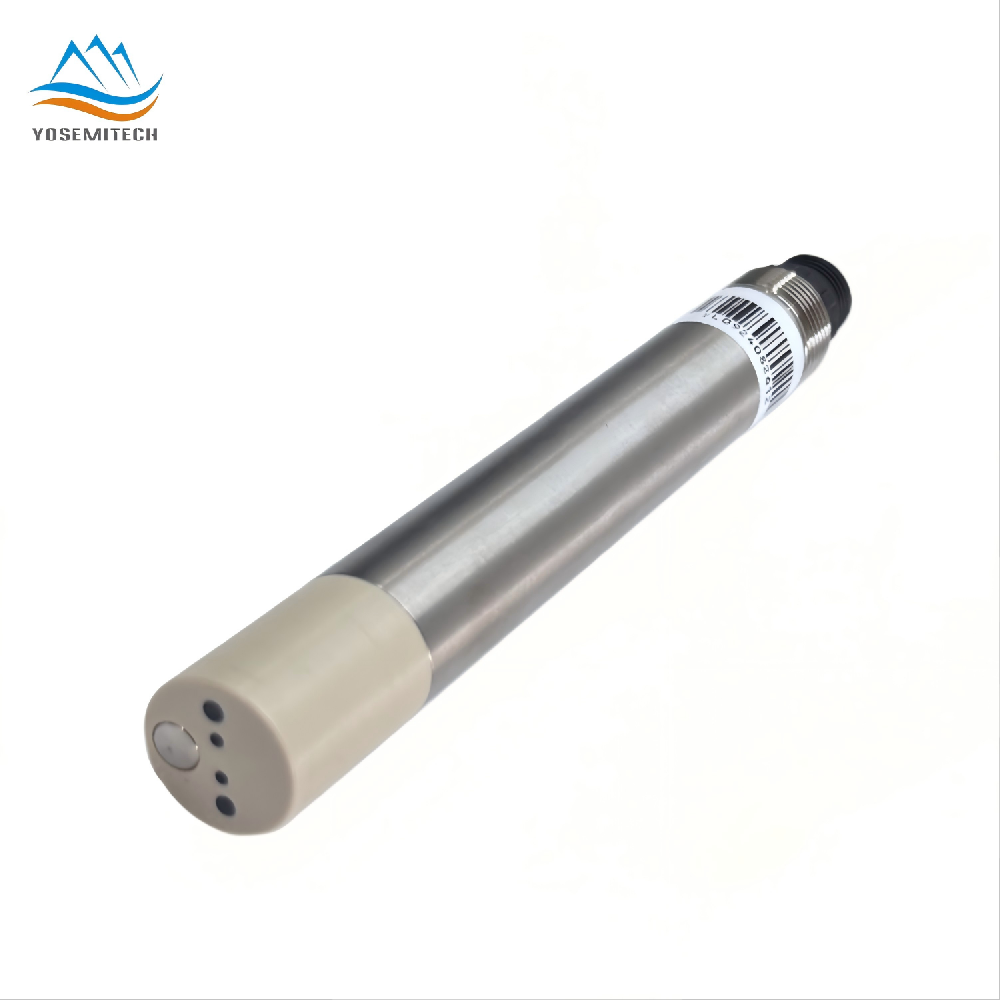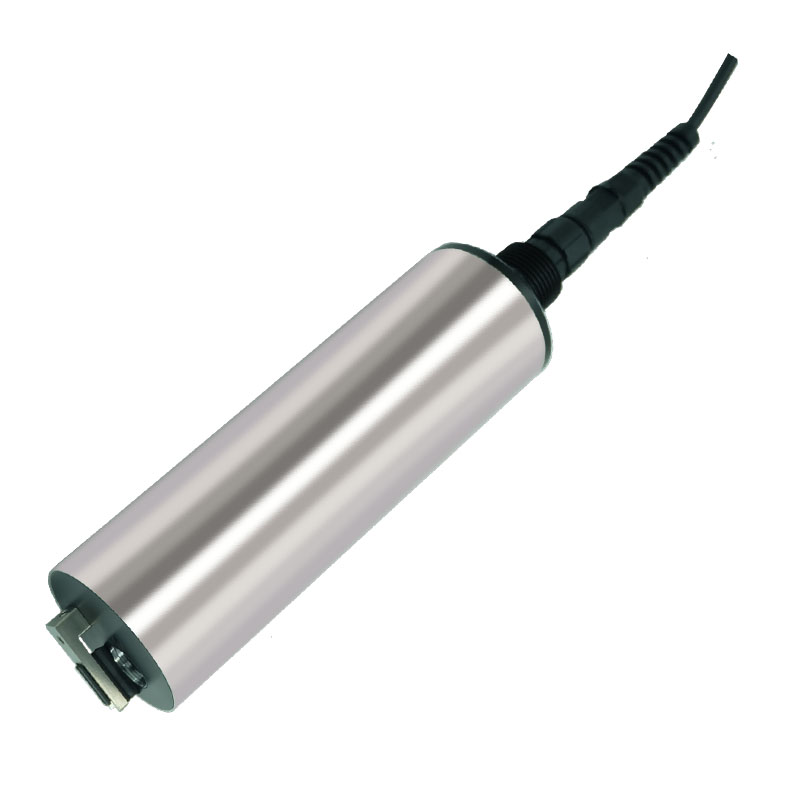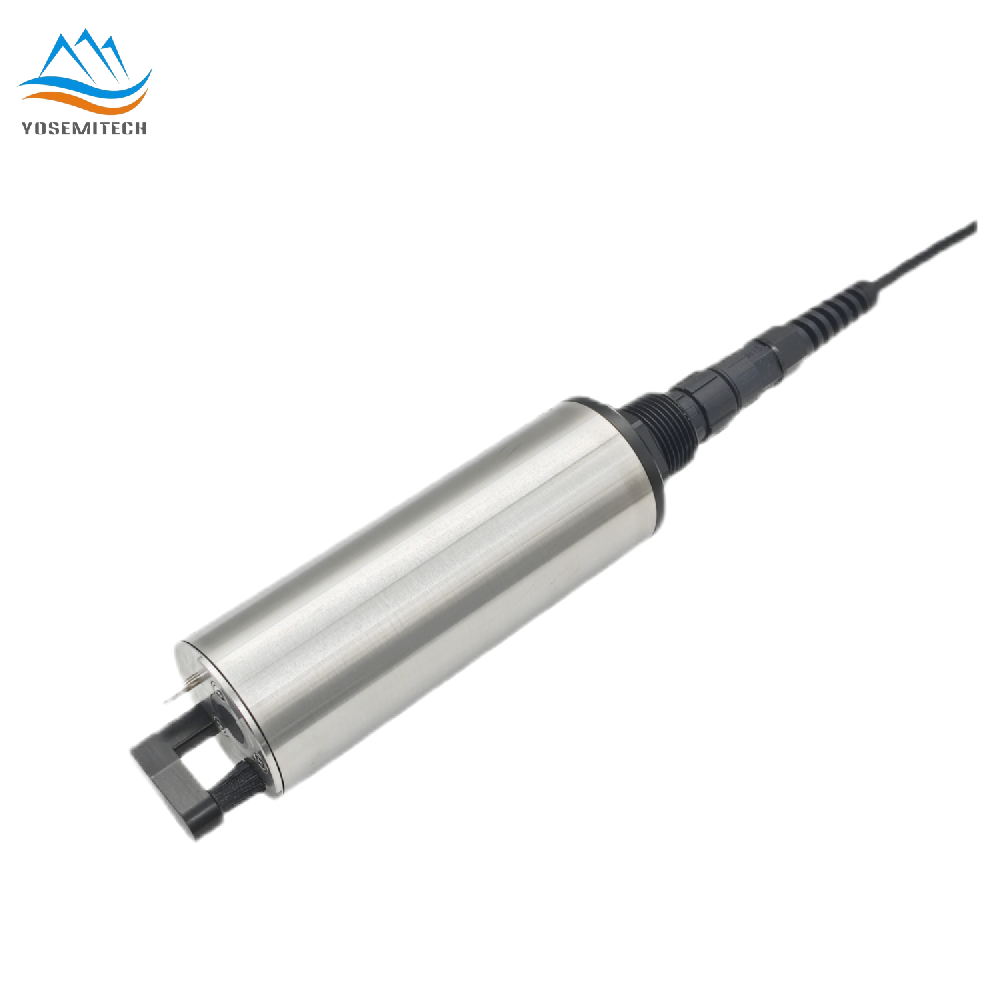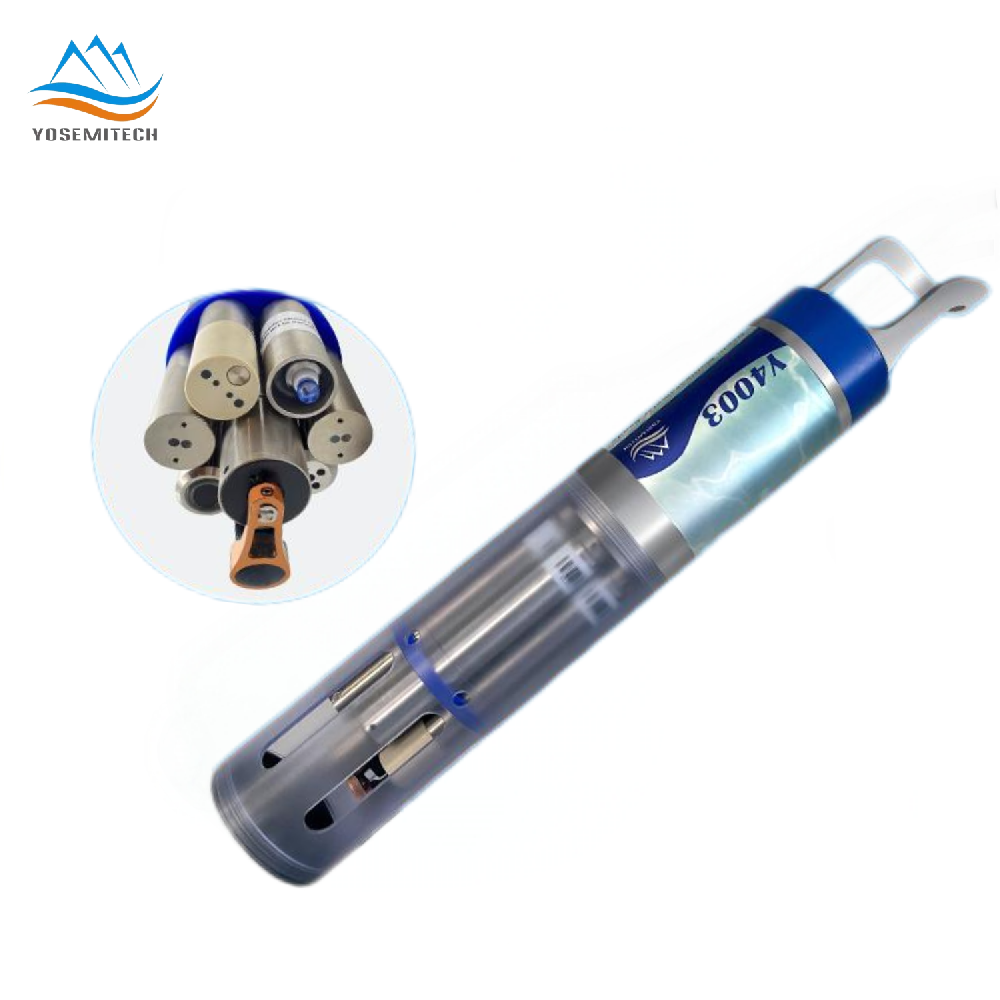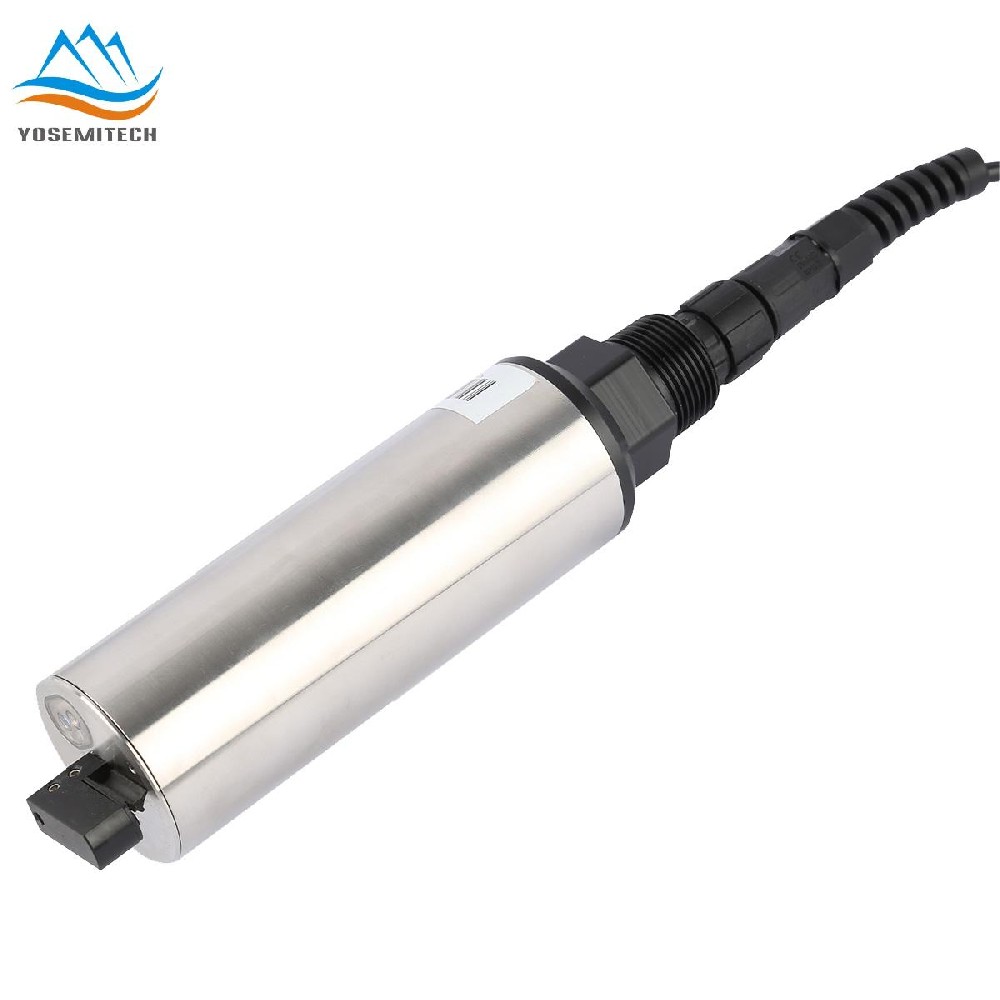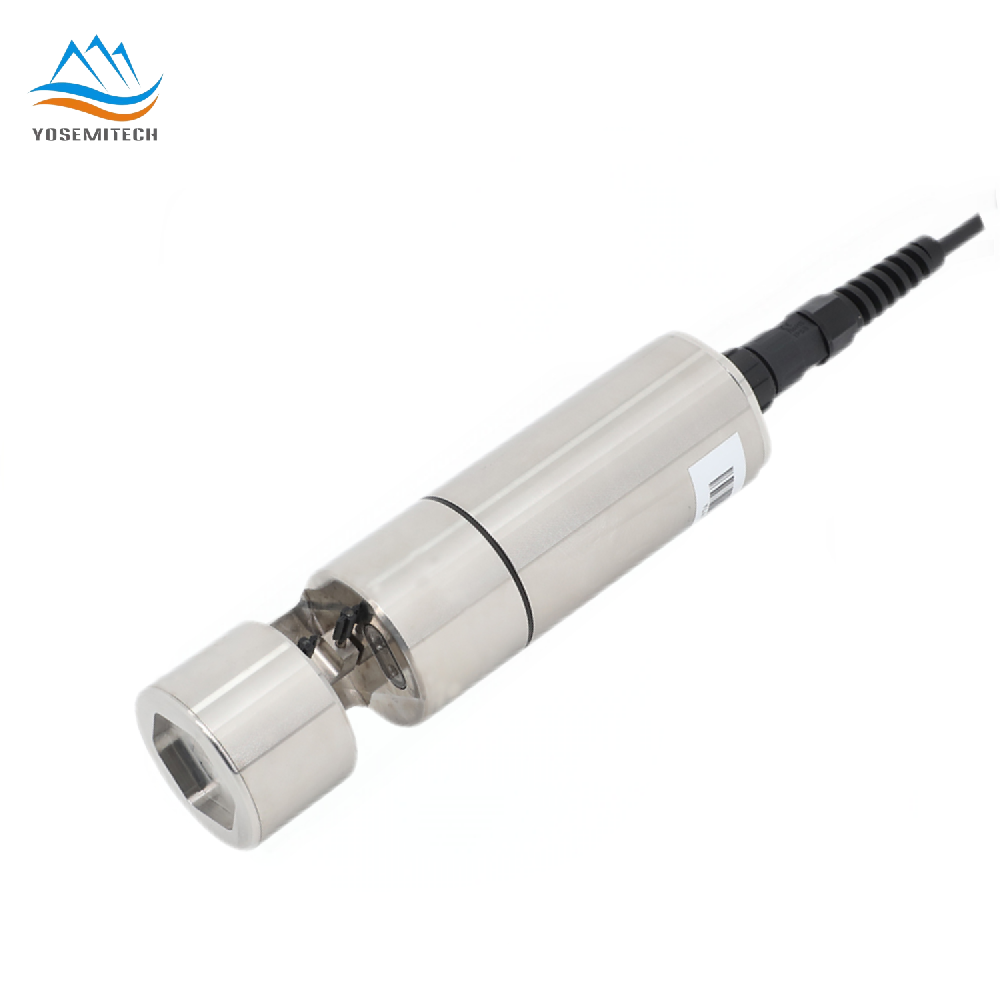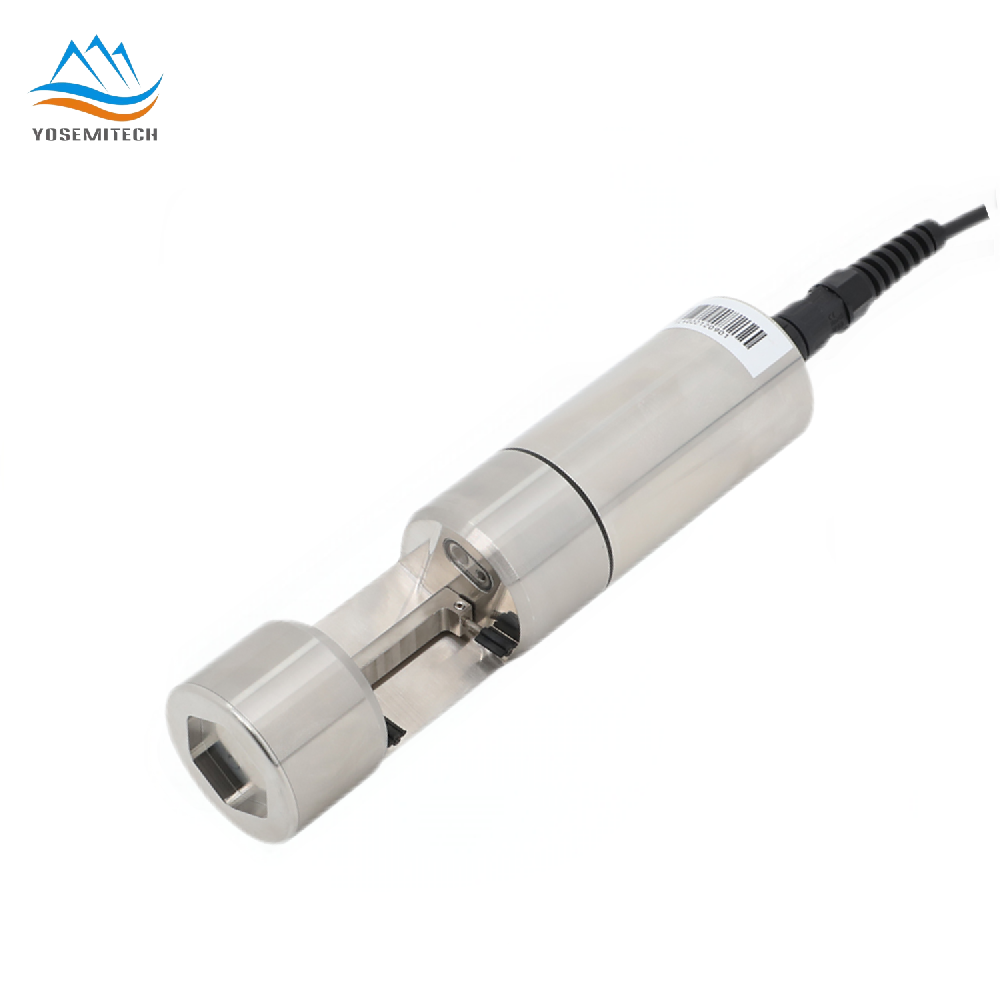Industry news
Is Dissolved Oxygen in Drinking Water Safe? What You Need to Know
Writer: admin Time:2024-11-12 13:42:45 Browse:1785℃
Have you ever thought about the quality of the water you consume every day? It's an important aspect of our health that is frequently disregarded. More people are becoming concerned about what is actually in their drinking water, and dissolved oxygen (DO) is one of the most popular topics.
We all know that oxygen is necessary for life, but what about when it's in our water? Is this safe to drink? Could it be useful, or are there potential concerns we haven't considered? This blog will answer these issues by delving into the science of dissolved oxygen and what it means for the water we use. Let's have a look at how this could affect your daily drinking water.
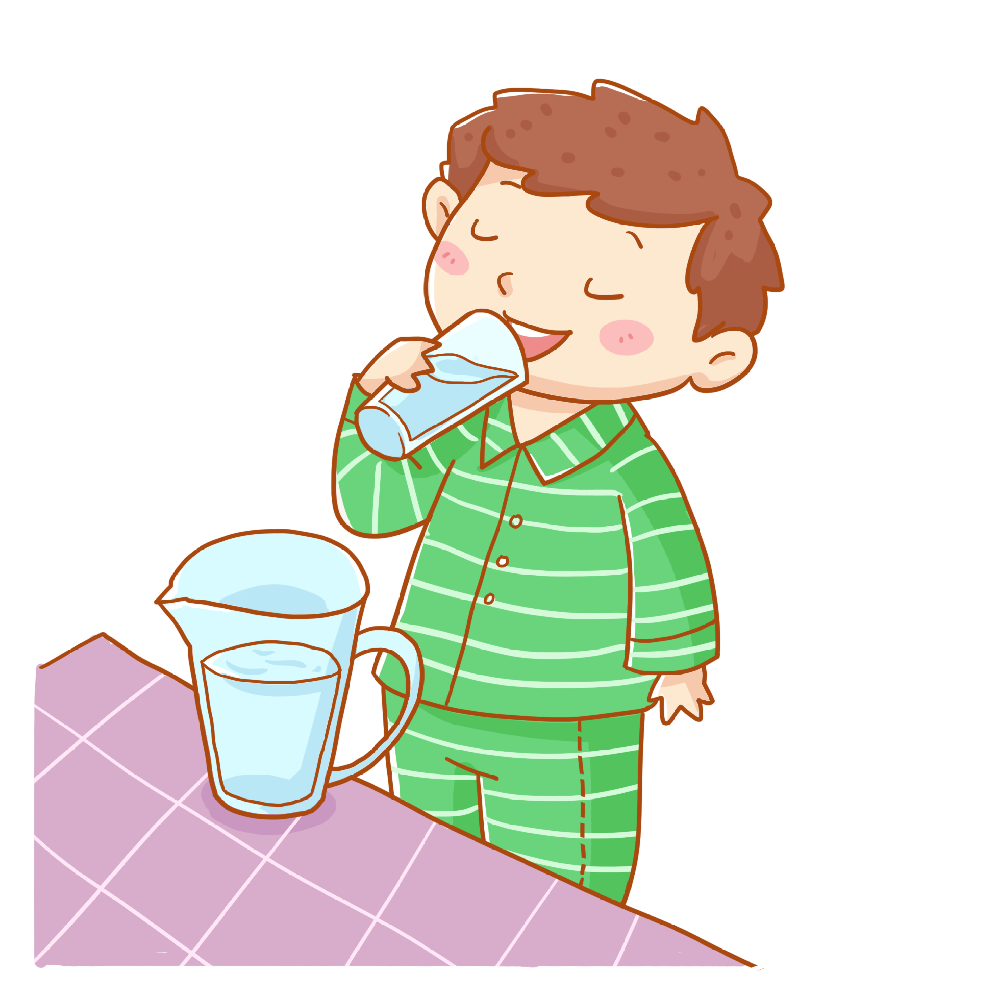
Dissolved oxygen (DO) is the amount of oxygen that is present in water. It's a measure of how much oxygen gas is dissolved in the water and is crucial for the health of aquatic environments. Oxygen enters water through several natural processes, such as the direct absorption from the atmosphere, the turbulence of water bodies (like rivers and streams), and as a byproduct of photosynthesis by aquatic plants and algae.
Importance of Dissolved Oxygen for Drinking Water
While dissolved oxygen (DO) is essential for aquatic life, its role in drinking water is more nuanced. High levels of dissolved oxygen in drinking water can improve taste, making it more palatable. Additionally, DO can act as an indicator of water quality, indicating that water is fresh and less likely to harbor harmful contaminants.
Is Dissolved Oxygen Good for Drinking Water?
Dissolved oxygen (DO) in drinking water is generally considered beneficial for several reasons, although it's important to manage its levels appropriately.
Taste and Freshness
Water with higher levels of dissolved oxygen tends to taste fresher and more appealing. This is because oxygen can help reduce the presence of anaerobic bacteria, which are responsible for unpleasant tastes and odors.
Indicator of Water Quality
High dissolved oxygen levels in water can serve as an indicator of its quality. Oxygenated water suggests that the water is fresh and free from harmful contaminants that thrive in low-oxygen environments.
Health and Safety
In water treatment processes, dissolved oxygen helps support aerobic bacteria, which break down organic matter and reduce harmful substances. This makes the water safer for consumption.
What is the Drinking Water Standard for Dissolved Oxygen?
Unlike other water quality indicators, there is no set regulatory limit for dissolved oxygen levels in drinking water. To provide aerated and fresh water, water treatment plants frequently strive to keep DO levels between 5 and 10 milligrams per liter. Maintaining these levels helps to prevent concerns like as pipe corrosion and keeps the water safe to drink.
What Affect Dissolved Oxygen in Drinking Water?
Temperature: Colder water holds more oxygen than warmer water. Thus, seasonal changes can affect DO levels.
Pressure and Altitude: Higher altitudes and lower pressures reduce the amount of oxygen water can hold.
Salinity: Saltier water holds less oxygen, impacting DO levels in coastal and estuarine areas.
Pollutants: Organic pollutants consume oxygen as they decompose, reducing DO levels.
Water Movement: Fast-moving water, such as in rivers and streams, tends to have higher DO levels due to increased aeration.
What ill Happen if There is Too Much Dissolved Oxygen in Water?
While dissolved oxygen is generally safe, excessively high levels can pose risks, particularly to water infrastructure. High DO levels can lead to corrosion in metal pipes, as oxygen reacts with metals, potentially leading to the leaching of harmful substances like lead and copper into the water supply. In extreme cases, high DO levels in aquatic environments can cause gas bubble disease in fish, although this is not a concern for drinking water.
How to Measure Dissolved Oxygen in Water?
DO Meters:Digital Dissolved Oxygen Meters provide quick and accurate measurements of DO levels.
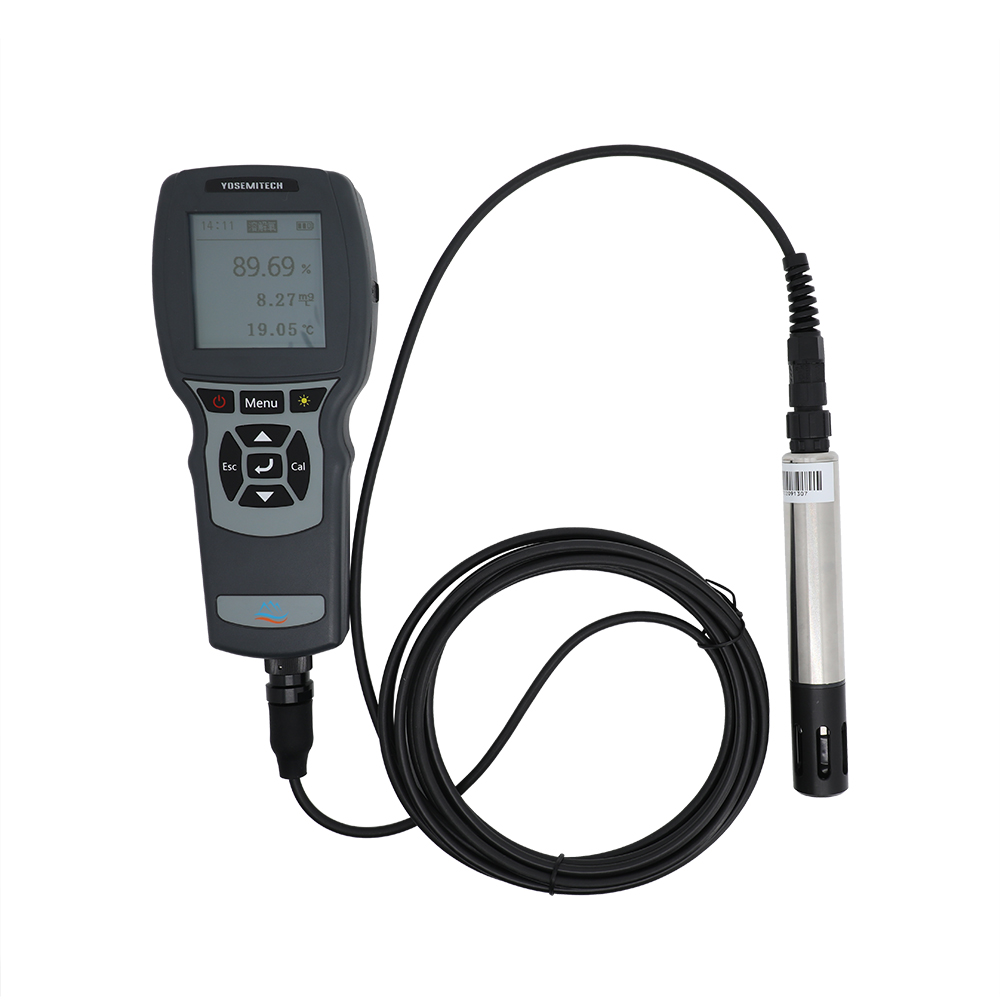
Optical Dissolved Oxygen Sensors:These use luminescent technology to measure DO levels and are increasingly popular due to their precision and ease of use.
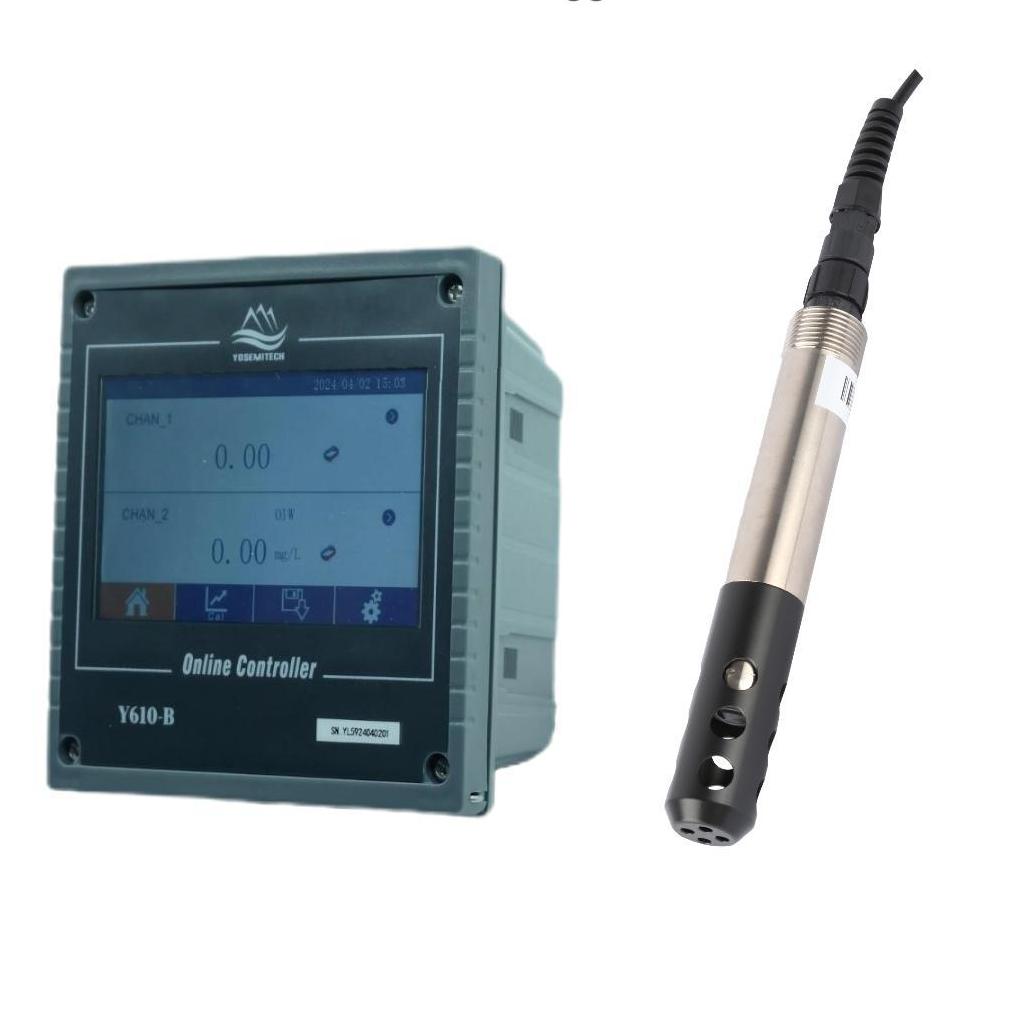
Conclusion
Dissolved oxygen is a vital component of drinking water quality. While it directly enhances taste and indicates freshness, it also plays a role in supporting safe water treatment processes and preventing infrastructure issues. Understanding and managing DO levels are crucial for ensuring the provision of clean, safe, and pleasant drinking water. You can measure dissolved oxygen levels with a Yosemitech dissolved oxygen sensor. If you need more information and quotation, feel free to contact us!
CATEGORIES
CONTACT US
Yosemitech Technologies Co., Ltd
 +86 19984844080
+86 19984844080
 sales@yosemitech.com
sales@yosemitech.com
 Bldg,25,CECEP Industrial Park, No. 18 Dongchang Rd. Suzhou Industrial Park, Jiangsu Province,China 215126, China
Bldg,25,CECEP Industrial Park, No. 18 Dongchang Rd. Suzhou Industrial Park, Jiangsu Province,China 215126, China
